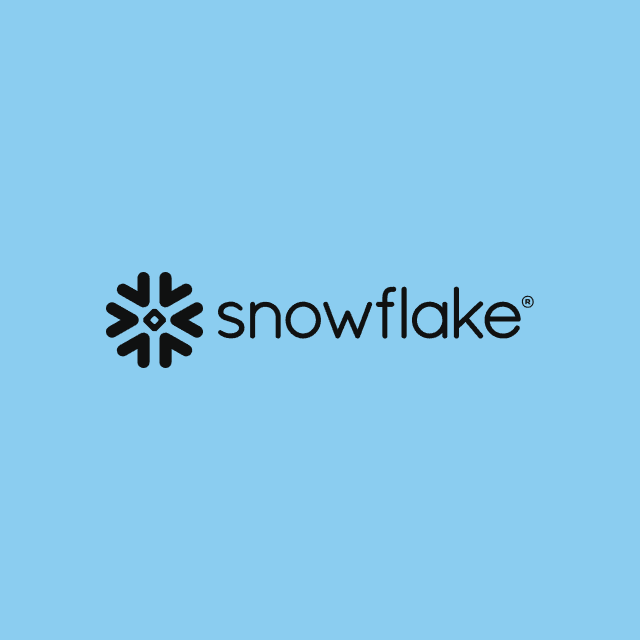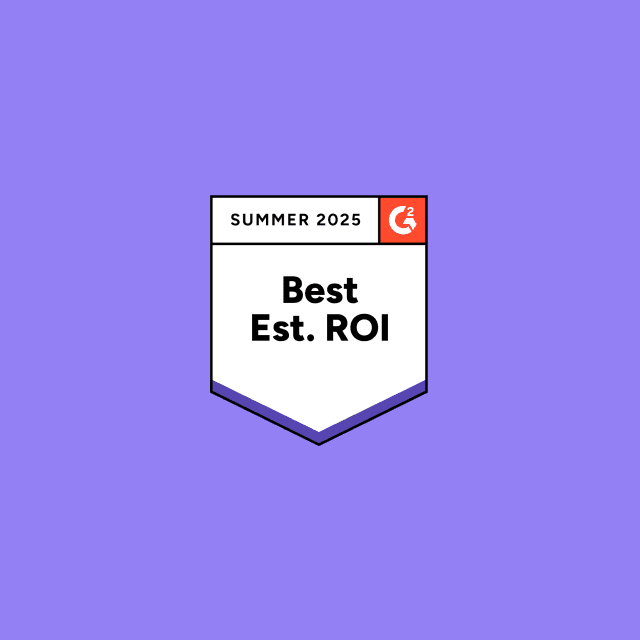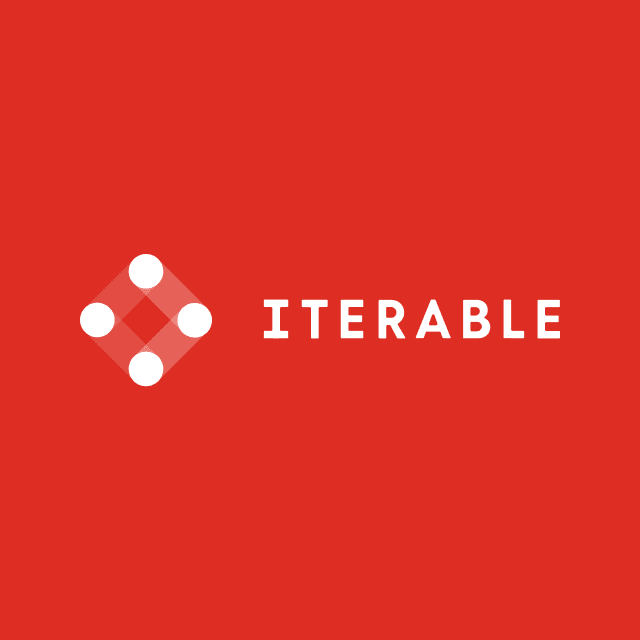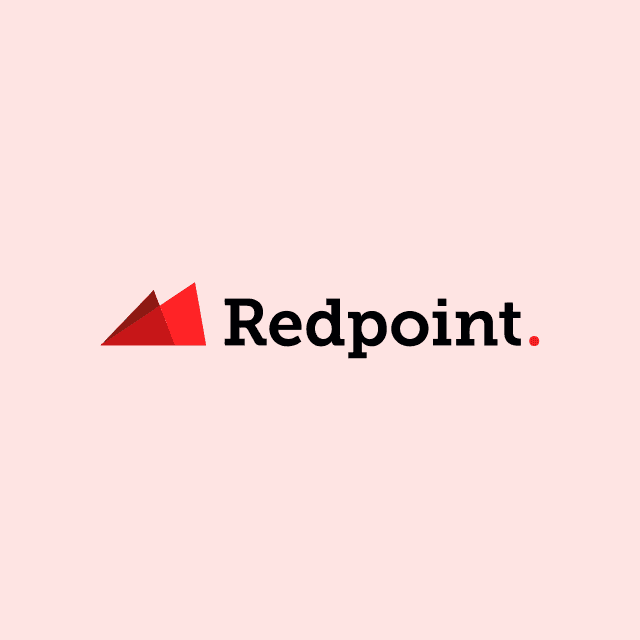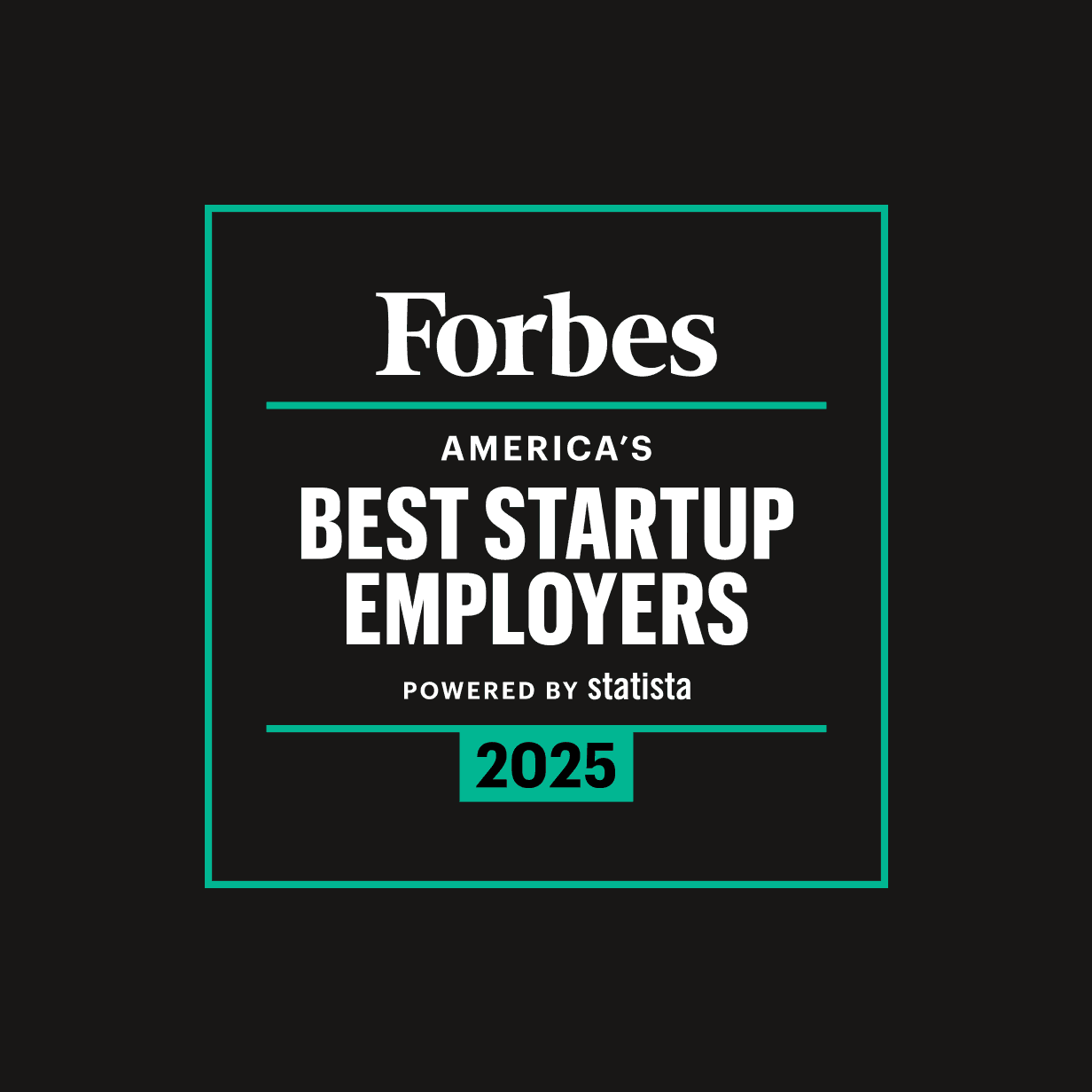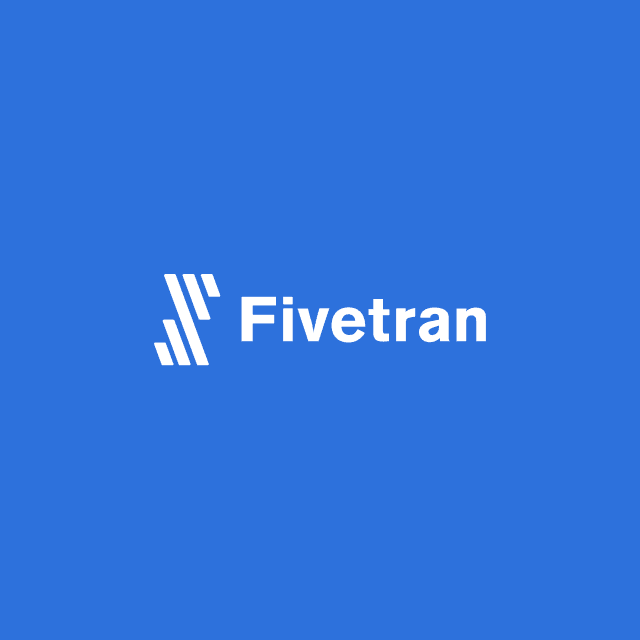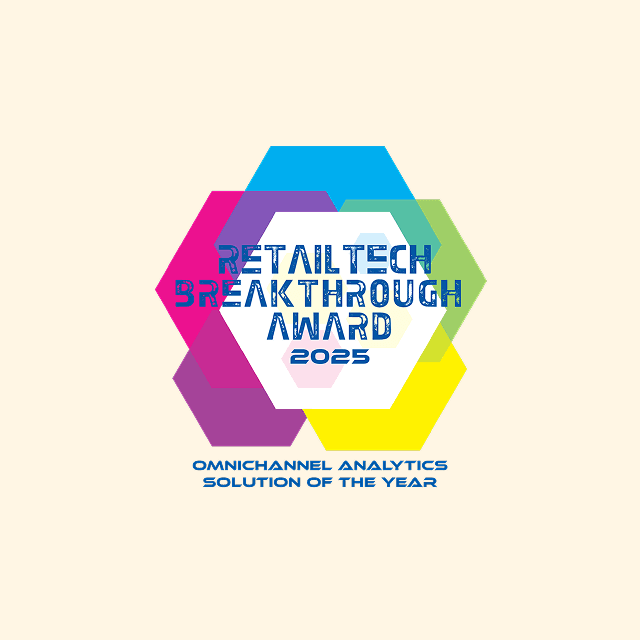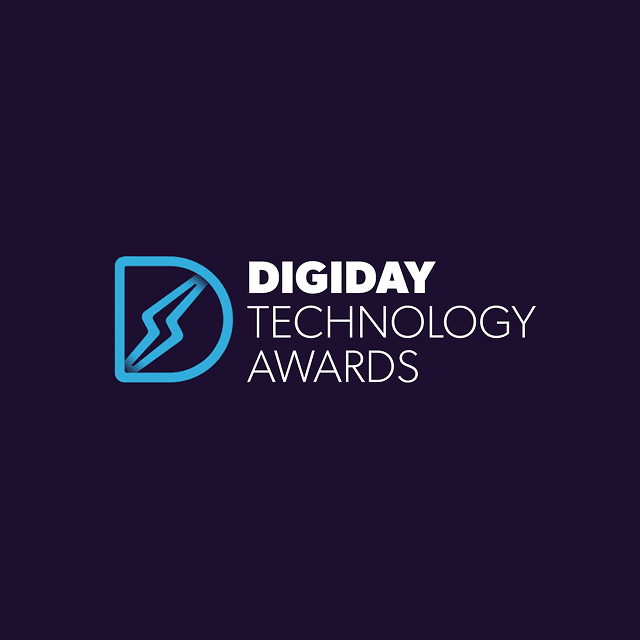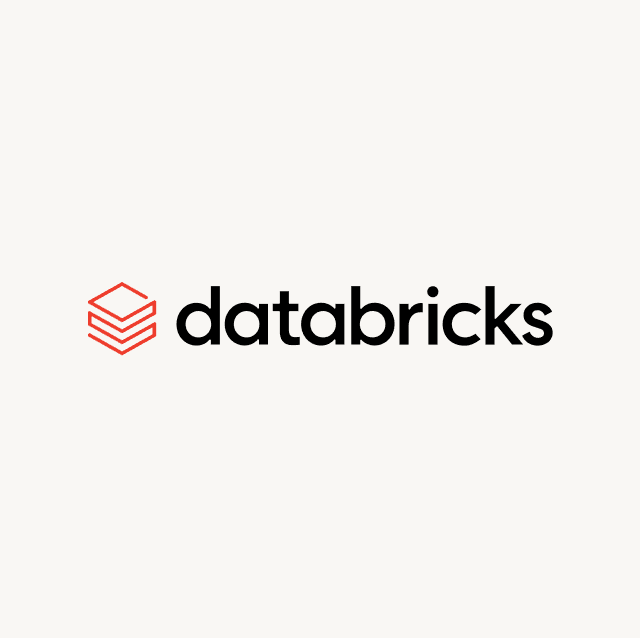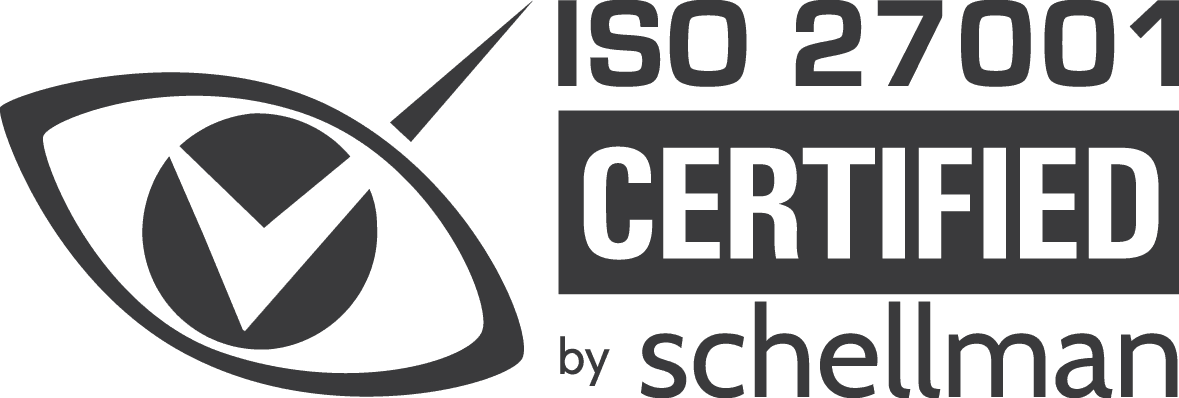Hightouch and RudderStack both are platforms that allow you to sync data to downstream marketing destinations like CRM tools, email tools, and advertising platforms. Both platforms have the functionality to collect events via an SDK, resolve identities, and sync data to 200+ tools.
However, there are plenty of differences ranging from usability to pricing, to scalability.
Compare Hightouch and RudderStack
| Functionality | Hightouch | Rudderstack |
|---|---|---|
| Data Collection | Client-side, server-side, & other 3rd-party sources | Client-side, server-side, & other 3rd-party sources |
| Data Storage | Your existing data infrastructure (data warehouse, data lake, or database) | Your existing data infrastructure (data warehouse, data lake, or database) |
| Data Retention | Unlimited lookback & history | Unlimited lookback & history |
| Data Schema | Controlled by you (supports any custom entity or object) | Controlled by you (supports any custom entity or object) |
| Audience Management | No-code audience builder (supports any online or offline data stored in your data warehouse) | Limited audience-building capabilities for non-technical users |
| Journey Orchestration | Yes | Yes |
| Identity Resolution | No-code tool to define exact or fuzzy-match rules to build owned identity graphs within your data warehouse | Warehouse-native, code-based, deterministic IDR |
| Identity Graph Storage Location | Lives in your warehouse | Lives in your warehouse |
| Reverse ETL | Core sync engine that integrates with existing toolsets & workflows | Available with limited capabilities (visual mapping is not available for all destinations) |
| Real-Time Audience Computation | Dependent upon data landing in the warehouse | Dependent upon data landing in the warehouse |
| Real-Time Streaming (Event Forwarding) | Yes | Yes |
| Low-Latency Profile API | Yes | Yes |
| Streaming Reverse ETL | Yes | Yes |
| Data Activation Flow | Warehouse to destination (no data is stored in Hightouch) | Data warehouse to destination |
| Activation Destinations | 250+ | 200+ |
| Source of Truth | Single: Your owned data warehouse | Single: Your owned data warehouse |
| Security & Compliance | Data lives in your infrastructure (can be configured to be GDPR, CCPA, & HIPAA compliant) | Can be configured to be GDPR, CCPA, & HIPAA compliant |
| Pricing | Unbundled: individually priced features with no MTU billing | Dependent on event volume & add-on features |
| Proof of Concept (POC) | Less than 1 month | Variable |
Pros and Cons of Hightouch
Pros
Most powerful point & click audience builder (supports any offline & online customer data)
Warehouse-native campaign analytics to experiment, measure & analyze audiences
Publicly available customer support metrics (99% CSAT Score)
Cons
Must have actionable data available in a data platform
Pros and Cons of RudderStack
Pros
Open-source SDKs
Can leverage your existing platform for underlying storage
Supports ETL pipelines to ingest data in addition to event collection
Cons
Not marketer-friendly (built for data teams)
Audience builder is difficult to use
Identity resolution mapping/merging logic is inflexible & purely deterministic
Reverse ETL is limited & underdeveloped
Should I Buy Hightouch or RudderStack?
It depends what your priorities as a business are. RudderStack has excellent event collection SDKs, however lacks a fully built out data activation suite of products. They check a lot of the boxes as far as "having" the products, but their Reverse ETL product and Identity Resolution products are currently immature compared to Hightouch.
RudderStack is trying to be a Composable CDP, but their core competency is as an open-source infrastructure solution for event collection targeted at developers.
If you are looking for a tool that can be used across an organization to activate all of your tools, Hightouch is a much more built out and flexible tool to do so.
